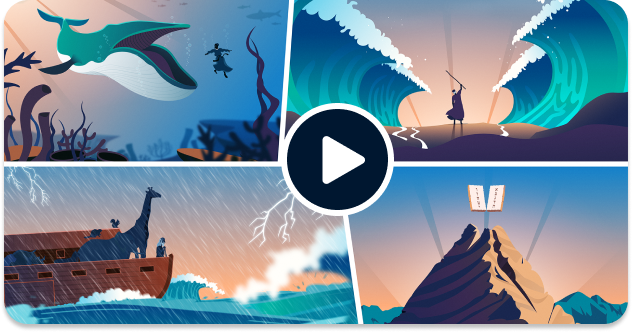Start your free trial today to unlock the full library with unlimited and uninterrupted access
Get StartedMoses' Miracle (Part 1 of 7)
The Miracles Performed By Moses In Egypt
Rabbi Fohrman introduces the three signs that God gave to Moses to instill faith in God within the people and to prove His might to Pharaoh. Rabbi Fohrman, then, delves a bit more deeply into these three signs, questioning them and their effectiveness and looking to a connection between them and belief.
Discover other great videos at Aleph Beta, including ‘Did God Allow Slavery’, ‘The Ten Plagues Explained’, and ‘Why Did God Take Away Pharaoh's Free Will?’
Rabbi David Fohrman
Founder and Lead Scholar
Gift
Download Transcript
Related Content
Popular on Aleph Beta
Trending Now
About Aleph Beta
Torah Like You’ve Never Experienced it Before! Unlock new layers of meaning in the text with over 1,000 beautifully produced Torah videos and podcasts
